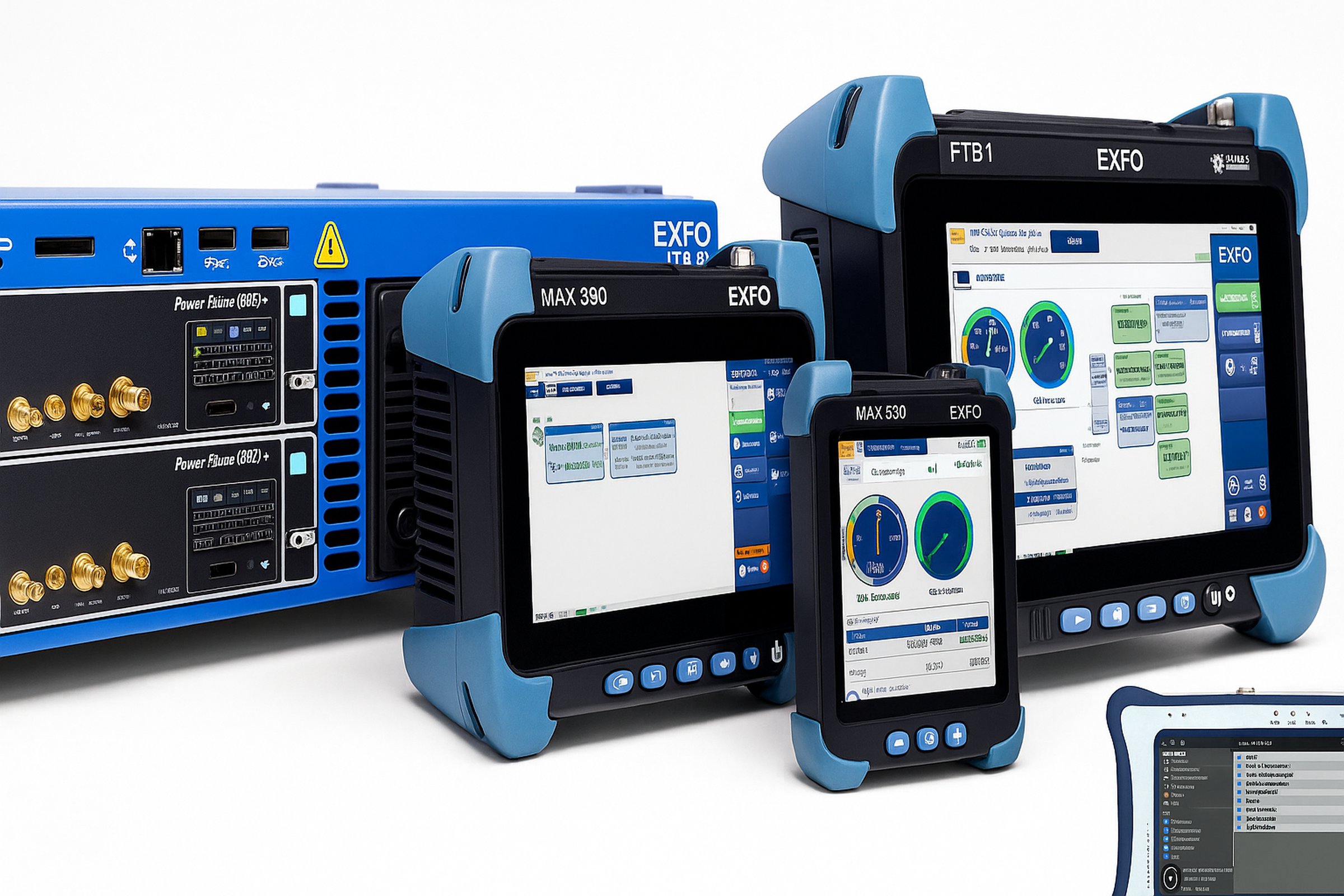An Ethernet network tester is a tool used by professionals. It is mainly used for checking and diagnosing network issues. These testers are often overlooked by new network engineers. However, they provide essential data for effective troubleshooting.
Cabling Errors Are Quickly Identified
Cabling issues are often hard to find by hand. Many problems are hidden inside walls or panels. A tester is used to detect these problems fast. Common errors like shorts and opens are quickly found.
Miswires and split pairs are also detected with ease. The tool sends signals through each cable wire. These signals are checked and results are shown clearly. Errors are highlighted and labeled by the tester.
Signal Quality Can Be Measured Accurately
Good signal quality is needed for a strong network. Weak signals can lead to slow or dropped connections. These problems are often caused by bad cables or noise.
A tester is used to measure the signal strength. Signal loss and noise levels are clearly displayed. Any issues are shown in easy-to-read results.
Faster Troubleshooting Is Made Possible
Network problems can be hard to find without tools. Manual checks take more time and effort to complete. Delays are often caused by slow troubleshooting methods.
It is used to speed up the process. Faulty cables and poor connections are quickly detected. Clear results are shown without deep technical knowledge required.
Link Speeds and Duplex Settings Are Verified
Network speed problems are often caused by mismatched settings. These issues can affect file transfers and device performance.
It is used to check link speeds. Speeds like 10Mbps, 100Mbps, or 1Gbps are shown. Duplex settings are also displayed on the screen.
Full-duplex and half-duplex modes are clearly identified. Errors in configuration are quickly brought to attention.
Power over Ethernet (PoE) Is Tested Easily
Power over Ethernet (PoE) is used to power devices. Devices like IP cameras and phones are often powered this way. Extra power cables are not needed with PoE.
A tester is used to check PoE delivery. Voltage and current levels are measured by the device. The test ensures safe power is being received.
Wrong power levels can damage sensitive equipment quickly. These issues are detected before harm is done. With proper testing, safe operation of PoE devices is ensured.
Cable Length and Distance to Faults Are Measured
Cable length should always match design plans and standards. Long or damaged cables can cause poor performance. Faults inside the cable are often hidden from view.
It is used to measure cable length. The tool uses a signal to check how long. Distance to faults is also shown on the screen.
Breaks and kinks can be located without opening walls. Fault locations are displayed clearly and quickly.
Continuity and Connectivity Are Confirmed Instantly
Strong network connections must be checked before use. Bad connections can cause network delays or data loss.
It is used to confirm continuity. Each wire in the cable is tested for a break. Missing or crossed wires are clearly shown on screen.
Live Traffic Can Be Analyzed on the Spot
Network slowdowns are often caused by unknown traffic issues. These issues can be hard to find without live data.
It is used to check real-time traffic. Data flow is monitored and results are shown quickly. Packet loss and errors are clearly displayed on screen.
Labeling and Mapping Are Simplified
Cable organization is important in every network setup. Confusion is often caused by unlabeled or mixed-up cables.
It is used to trace each cable. Cable ends are identified with numbered remote units. Locations are confirmed and labels can be added easily.
Maintenance Costs Are Greatly Reduced
Network repairs can be expensive over long periods. Repeated visits by technicians increase overall maintenance costs.
An Ethernet Traffic Analyzer is used to prevent such problems. Issues are found early before they grow worse. Small errors are fixed before major damage is caused.
FAQS
What is an Ethernet network tester used for?
It checks and diagnoses network issues like cabling faults, signal problems, and connection errors.
How does it help identify cabling errors?
It detects shorts, opens, miswires, and split pairs quickly by sending test signals through cables.
Can it measure signal quality?
Yes, it shows signal strength, loss, and noise levels to ensure stable connections.
Does it make troubleshooting faster?
Absolutely. It locates faults quickly, reducing time spent on manual checks.
Can it verify link speed and duplex settings?
Yes, it displays link speeds 10Mbps to 1Gbps and duplex modes for accurate configuration.
Does it test Power over Ethernet (PoE)?
Yes, it measures voltage and current to ensure PoE devices receive safe power.
Can it check cable length and fault location?
It measures total cable length and pinpoints distance to faults like breaks or kinks.
How does it confirm connectivity?
It tests continuity for each wire and ensures end-to-end connectivity in seconds.
Is live network traffic analysis possible?
Yes, it monitors real-time data flow, packet loss, and unusual traffic issues.
Can it help reduce maintenance costs?
Definitely. Early detection prevents major issues, reducing service calls and repair bills.


